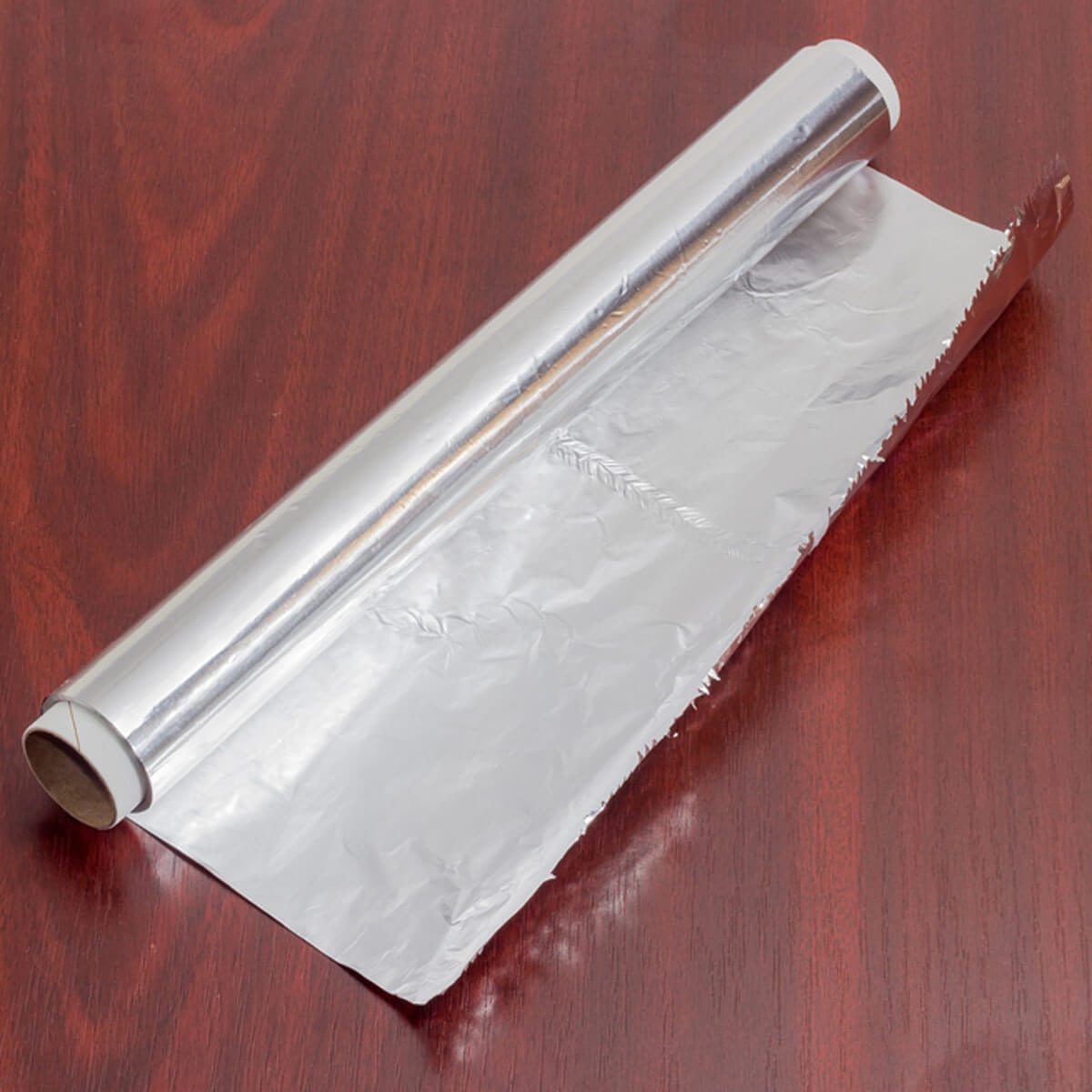It's often debated, but we'll get to the bottom of this oft-asked kitchen question.

The Real Reason Aluminum Foil Has a Shiny Side and a Dull Side

It’s a well-established question and one that we’ve been too afraid to ask our mothers: Should we use the shiny or the dull side of aluminum foil when we cook? And have we been doing it wrong this entire time?!
Concerned cooks, you can breathe a sigh of relief: As it turns out, there’s no “correct” side of aluminum foil to use when cooking. Both sides are equally effective at heating your food, though you might want to choose another option when storing leftovers.
If there’s no trick to it, then why, exactly, does aluminum foil have a shiny and a dull side? Experts at Reynolds Kitchens say it’s due to a manufacturing process called milling, when heat and tension are applied to stretch and shape the foil. Two layers of foil are pressed together and milled at the same time, because otherwise it would break.
“Where the foil is in contact with another layer, that’s the ‘dull’ side,” Reynolds Kitchens explains. “The ‘shiny’ side is the side milled without being in contact with another sheet of metal. The performance of the foil is the same, whichever side you use.”
But pay attention if you are using non-stick foil. In that case, there is a difference between the two sides. Since the non-stick coating is only applied to one side, you’ll want to use the dull side. Side note: There will be a label that designates the “non-stick side” in case you forget.
However, aluminum foil could pose a serious risk to your health, so maybe you should stop cooking with it altogether.



















